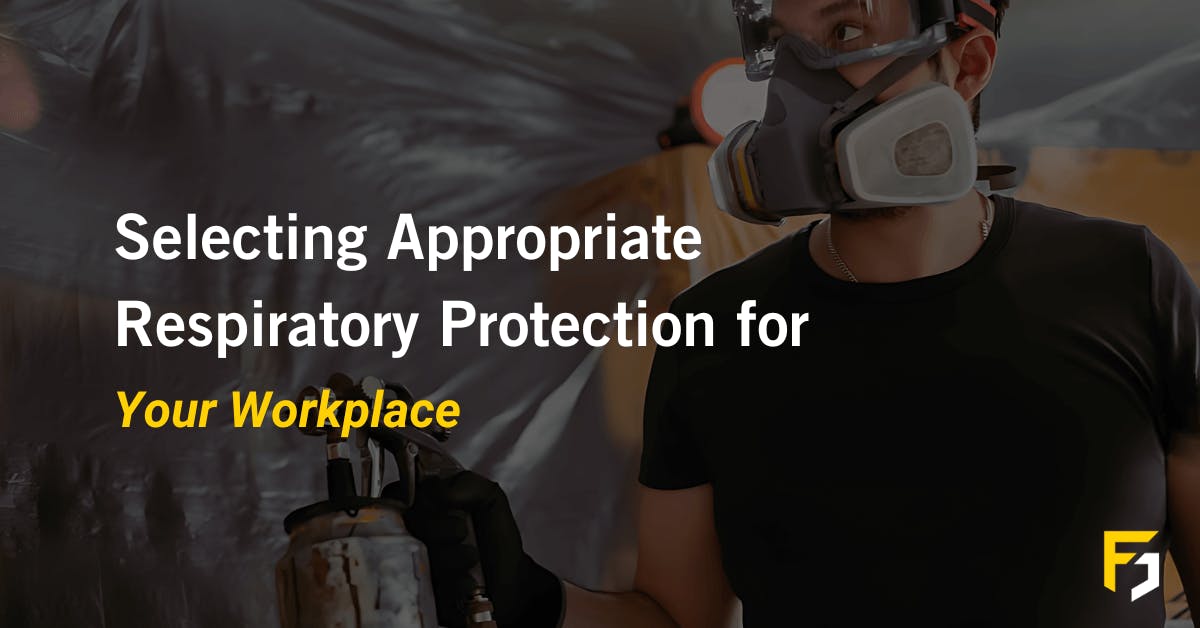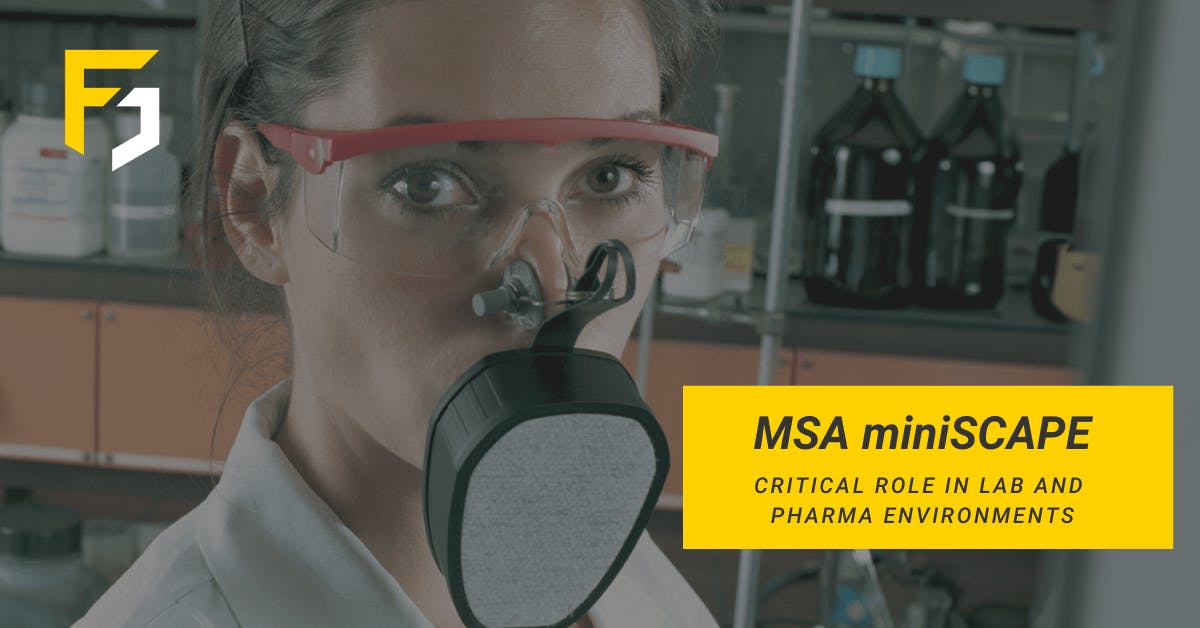
Dangers of Chlorine Transportation

A recent devastating toxic chlorine gas explosion occurred at Jordan's Aqaba Port. A 25-ton chlorine gas tank dropped while being loaded onto a ship at the plant, causing the leak to occur near the city of Aqaba on the Red Sea coast in the south of the nation. A giant cylinder can be seen falling from a crane onto a ship, causing the substantial emission of yellow toxic gas. See the footage below.
Source: The Telegraph.
This tragic incident has killed 13 and injured over 300 other people—disastrous incidents such as this highlight the importance of safety when dealing with gas. Here we'll take a look at the dangers of transporting Chlorine gas.
What is Chlorine Gas?
Chlorine is a common ingredient in cleaning supplies, disinfectants, and water purification systems. It produces hydrochloric acid when breathed, which can cause internal bleeding. Chlorine (Cl2) is a gas with a greenish-yellow appearance and a strong, stifling odour similar to bleach. Along with fluorine, bromine, and iodine, Chlorine belongs to the group of gases known as "halogens." Unlike oxygen, Chlorine does not burn but instead promotes combustion.
Dangers of Chlorine Gas
Chlorine is heavier than air. It will frequently spread across low-lying regions in places with poor ventilation or air movement. It is a harmful gas that can irritate people's eyes and respiratory systems. Chlorine gas will often spread through low-lying areas. On its own Chlorine is not flammable; however, it can explode when exposed to ammonia, hydrogen, natural gas, and turpentine. Although commonly used as a disinfectant and water cleaner, if it is ingested, the gas transforms into hydrochloric acid, which can cause internal burning and also drowning due to the reactionary release of water in the lungs.
Transporting Chlorine Gas
Chlorine is most commonly transported in tank trucks and specifically designed pressurised tank containers. When in transit there is always a risk of a leak, derailment, or that the truck will tip. When this occurs it is inevitable that chlorine gas will disperse into the atmosphere. When leaks occur, it is important to take precautionary measures by wearing protective equipment to limit the risk of more harm being caused.
More information on this tragic incident can be found here.





